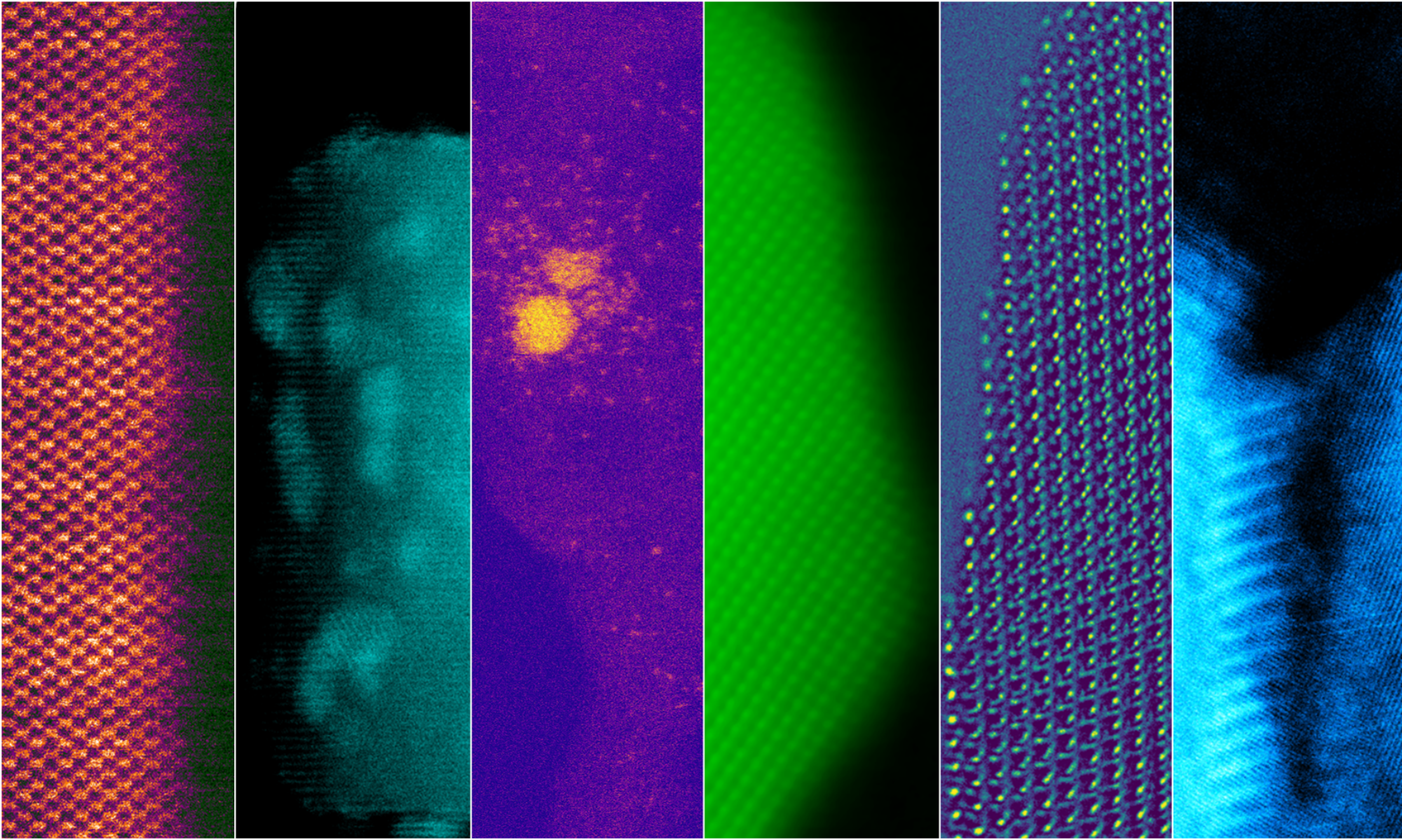Courses
MSE 494/598 Nanomaterials in Energy Production and Storage – It is now recognized that the key to solving the energy problems of the future rests in part on developing new classes of functional materials that will contribute to energy production and storage. The purpose of this course is to establish a connection between nanomaterials, energy production/storage and the environment. The course will emphasize the relationship between fundamental materials properties, chemical and energy transformation as well as energy storage. Applications will include the role of materials for photovoltaics, nanocatalysts, batteries and fuel cells. The course will stress fundamental principles and charge transfer processes in nanostructured materials in addressing energy needs. Students completing the course will have an appreciation of the critical role of materials in addressing the pressing need for developing sustainable and environmentally friendly energy.
MSE 355 Materials Structure and Microstructure – Provides and intermediate treatment of crystallography, crystal defects, surfaces and nano/microstructures.
MSE 250 Structure and Properties of Materials – Introduces basic concepts in materials structure and its relation to properties. Application to engineering problems. The course will provide students with a broad overview of materials science and engineering. Topics covered include basic crystallography, crystal defects, kinetics, phase transformations, phase diagrams, mechanical properties, electrical properties, metals, polymers, ceramics and semiconductors.
ASU Winter School on High Resolution Electron Microscopy – I organize a Winter School in TEM which is taught every January and attended by students from around the world. This week long intensive course has been running since 1982 and covers all aspects of atomic resolution imaging and spectroscopy in the transmission electron microscope. It and for details see the LeRoy Eyring Center for Solid State Science
Outreach
International Electron Energy Loss Spectroscopy Meeting on Enhanced Data Generated by Electrons (EDGE)
Co-Chair of meeting
BEST Program for Middle School Students
The Ira A. Fulton Schools of Engineering engage Arizona’s K-12 students through creative, hands-on activities that inspire them to become technically savvy, prepared for studies in science, technology, engineering and math (STEM)-related fields and pursue careers in engineering. The Ira A. Fulton Schools of Engineering offers several summer programs and one of these programs, “BEST—The BEST of Engineering, Science, and Technology” is a one-week commuter program designed to excite middle school students about engineering. We create and present educational models for the BEST Program which stress nanomaterials structure, energy and microscopy.
Science is Fun
Our group participates in the LeRoy Eyring Center for Solid State Science (LECSSS) which administers Arizona State University’s Science is Fun program. The mission of Science is Fun is to work with research scientists, industry professionals, and educators in developing a learning environment designed to provide students with the opportunity to explore and discover science beyond the traditional classroom experience.
Research Collaborative Network
Dr. Crozier is a participant (senior personnel) in an NSF funded Research Collaboration Network entitle RCN-SEES:Sustainable Energy Systems (Award # 1140190, August, 2011). This program establishes a novel collaborative network in Sustainable Energy Systems for supporting research and graduate education related to the sustainability implications of innovation with regard to energy technologies. This RCN encompasses: 1) the development of new energy technologies for generation, storage and use, 2) the sustainability implications of manufacture, use and end-of-life at commercial scales, and 3) the relationship between access to secure, clean, and renewable energy and human development. This RCN brings together a multidisciplinary team including U.S. academics from Arizona State University, Northeastern University, University of Michigan and Rochester Institute of Technology, together with academics from Cardiff University (U.K) and Mountains of the Moon and Makerere Universities (Uganda) as well as researchers at the U.S. Environmental Protection Agency and the US Army Corps of Engineers.
Other
With support from the National Science Foundation, we have developed an educational webpage on the use of nanocatalyst for abatement of air pollution, see the Ceria Zirconia Catalytic Converter Project.
Dr. Crozier is also member of the ASU Speaker’s Bureau. If you need a formal or informal presentation on materials science or catalysis and energy/environment please contact me. The presentation can be matched to different audiences (i.e. schools, businesses, general public etc…)
